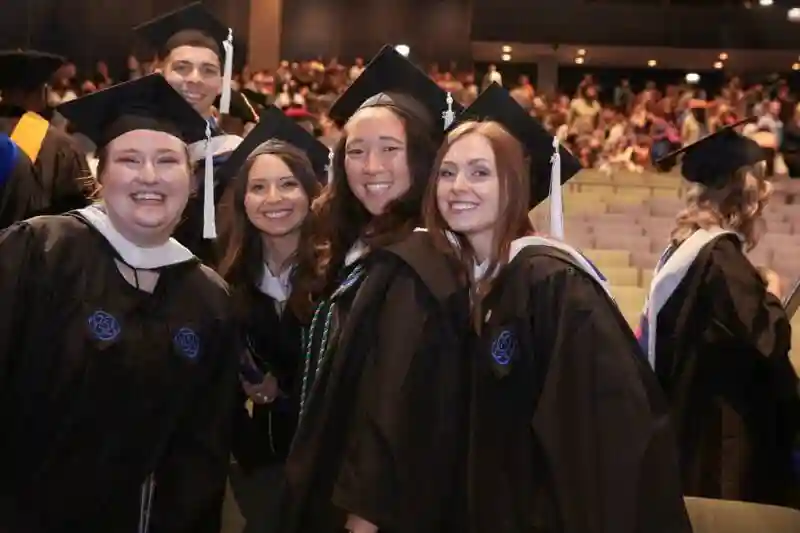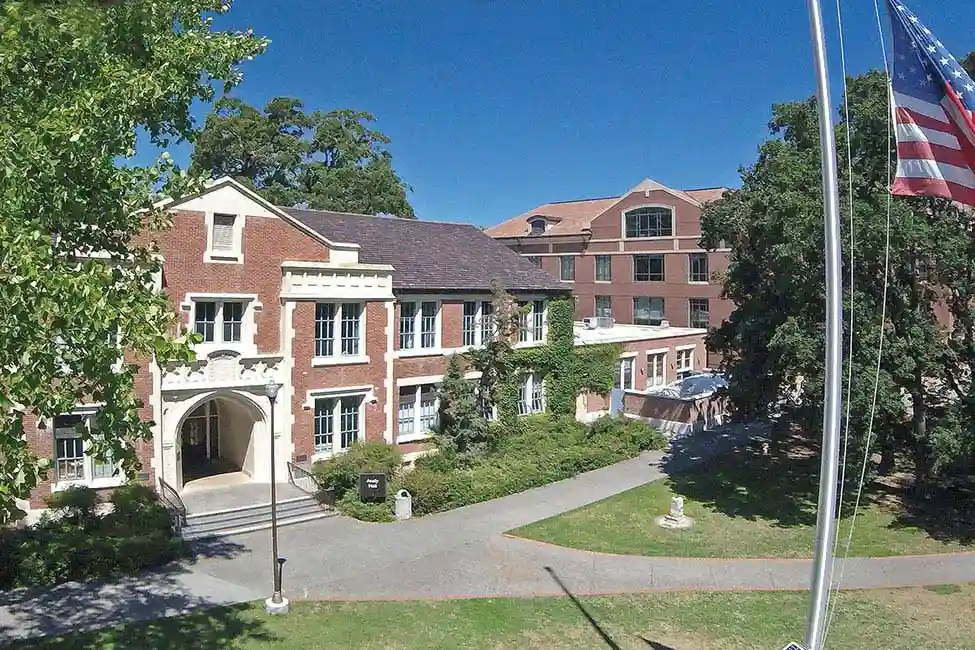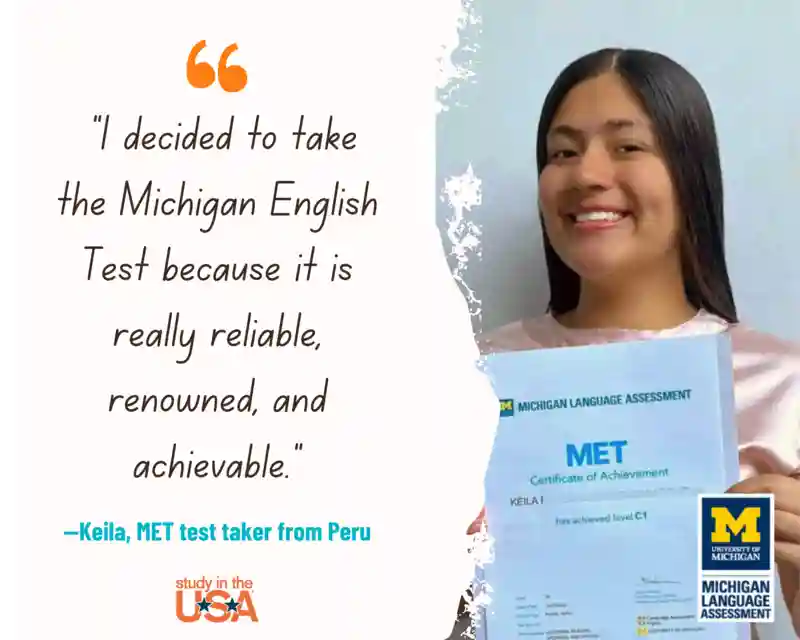Best Ways to Pay for College

The idea of paying for a U.S. education can be intimidating for many students, but it doesn’t have to be. With proper planning, you can prepare for your education expenses and also find ways to reduce costs. Here are a few tips:
Start Early
Ideally, you should start financial planning at least a year in advance of your first semester of college. It’s important to start saving early, so that when you apply, you can demonstrate to your chosen university that you can afford one year of tuition fees and living costs. At most U.S. universities, students will also need to demonstrate a source of income to show that future expenses will be bearable.
Know the costs
The cost of tuition and living expenses will differ depending on the state in which a school is located, whether it’s in an urban or rural area, and whether the school is public (state-funded) or private. The cost of living is often lower in Southern and Midwestern states as well as in rural areas.
Students need to make an informed decision about which schools to apply to based on their “best fit,” which includes cost. Create a budget to figure out how much you’ll need for tuition, living expenses, food, transportation, books and other expenses. Most universities provide an estimate of these costs on their websites.
Take advantage of EducationUSA’s Services
Prospective international students are highly encouraged to visit their local EducationUSA office. A network of over 425 international advising centers in 175 countries, EducationUSA is run by the U.S government. The offices hold free seminars about financial aid and other admissions-related topics.. EducationUSA advisers can also assist students with finding the university that best fits their needs, goals and financial situation. If you can’t visit in person, you can get guidance online at: EducationUSA.state.gov.
Look for sources of funding
Here are some to consider:
— Family/personal sources
Talk to your family about funds they may be able to provide. In South Asia, as in many cultures, education is seen as an investment for the future. For that reason, many families are willing to sell some assets or take out loans to finance their student’s schooling.
— Local Scholarships:
Look at sources within your home community. Keep an eye on newspaper and TV announcements for governmental or local scholarships.
But beware of scholarship scams, which may have official-sounding names or websites. REAL scholarships will not have processing charges or application fees.
— Financial Aid From Colleges and Universities
Some U.S. schools offer financial aid to international students. Ask before you apply.
Another great way to receive aid is to apply to public universities that offer
in-state tuition rates to international students. Check with the school’s financial aid office.
— #YouAreWelcomeHere Scholarships
More than 50 colleges and universities participate in this scholarship program designed to send a message to international students: You are welcome in the U.S.! Each school offers two annual, renewable scholarships that cover at least half of tuition costs for international undergraduates who become campus ambassadors and help promote intercultural learning.
For details, visit: youarewelcomehereusa.org
— EducationUSA Scholarships
1. Opportunity Funds: The EducationUSA Opportunity Funds program assists highly qualified students who are likely to be awarded full financial aid from a U.S. college but lack the funds to cover the up-front costs of obtaining admission, such as testing, application fees or airfare.
Each Opportunity Funds student is evaluated by an EducationUSA adviser, regional educational advising coordinator, and the Public Affairs section of a U.S. embassy.
2. EducationUSA Scholarships:
These scholarships are given by several U.S. universities to students who are recommended by an EducationUSA adviser. Students work with an adviser for at least a year, giving the adviser ample time to recognize the potential of the students they recommend.
Sausan Rahmatullah
Sausan Rahmatullah is an EducationUSA adviser in Dhaka, Bangladesh.
Get matched to the best program for you
Let us know what you're looking for so we can find the best school for you.
Useful Articles
Check Out These Schools




East Los Angeles College
Typical cost per Semester: $10,000 — $15,000

University of North Georgia
Typical cost per Year: $15,000—$20,000

Santa Rosa Junior College
Typical cost per Year: $10,000 — $15,000
Start your U.S. adventure with Study in the USA

Learn About U.S. education financing, housing, and more
Resources
Learn about American culture and education direct from our experts at Study in the USA. Read more












